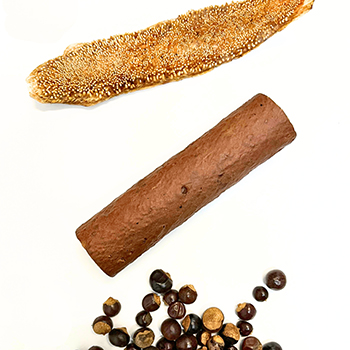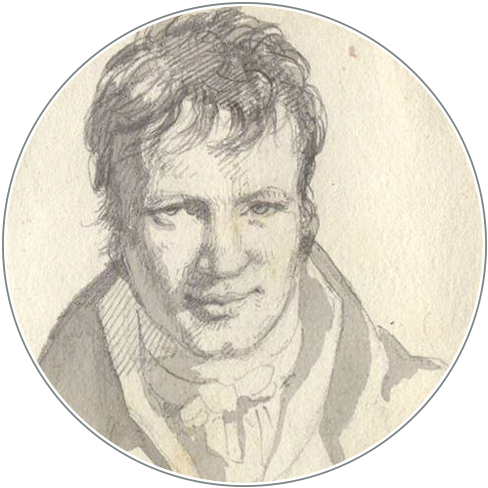Brazilian Native useful plants in Humboldt and Bonpland’s travel records and works: biodiversity and traditional knowledge beyond borders
DOI:
https://doi.org/10.18443/384Ключевые слова:
natural history, historical ethnobotany, naturalists, traditional knowledge, Brazilian biodiversityАннотация
Alexander von Humboldt and Aimé Bonpland were unable to cross into Brazil during their American expedition (1799–1804). The Portuguese Crown strictly controlled Brazil’s borders during the colonial period, banning entry of most foreign travelers, and Brazilian ports were opened to friendly nations only in 1808. Though they never officially entered Brazil, Humboldt and Bonpland influenced later travelers and described many native Brazilian plant species, like Bertholletia excelsa, Fridericia chica, and Paullinia cupana. Since Venezuela, Colombia, and Peru share borders with Brazil, these countries possess vast shared biodiversity, especially in the Amazon. Studying the plants described by Humboldt and Bonpland in their travel journals and Plantes Équinoxiales provides insights into Brazilian flora, particularly regarding traditional uses, bioeconomy, and conservation strategies.

Загрузки
Опубликован
Как цитировать
Выпуск
Раздел
Лицензия
Copyright (c) 2025 Leopoldo Baratto

Это произведение доступно по лицензии Creative Commons «Attribution-NonCommercial» («Атрибуция — Некоммерческое использование») 4.0 Всемирная.
Die Rechte der eingesandten Artikel bleiben bei den Autoren und werden unter einer Creative Commons-Lizenz (CC BY-NC 4.0) veröffentlicht. Alle bei HiN publizierenden Autorinnen und Autoren akzeptieren dieses Lizenzmodell.
Die Autorinnen und Autoren tragen die Verantwortung für das Einwerben der Bildrechte.
Die Rechte am Layout und Design der Zeitschrift sind nicht übertragbar und können nicht ohne vorherige Zustimmung von HiN in anderen Publikationen weiterverwendet werden.









